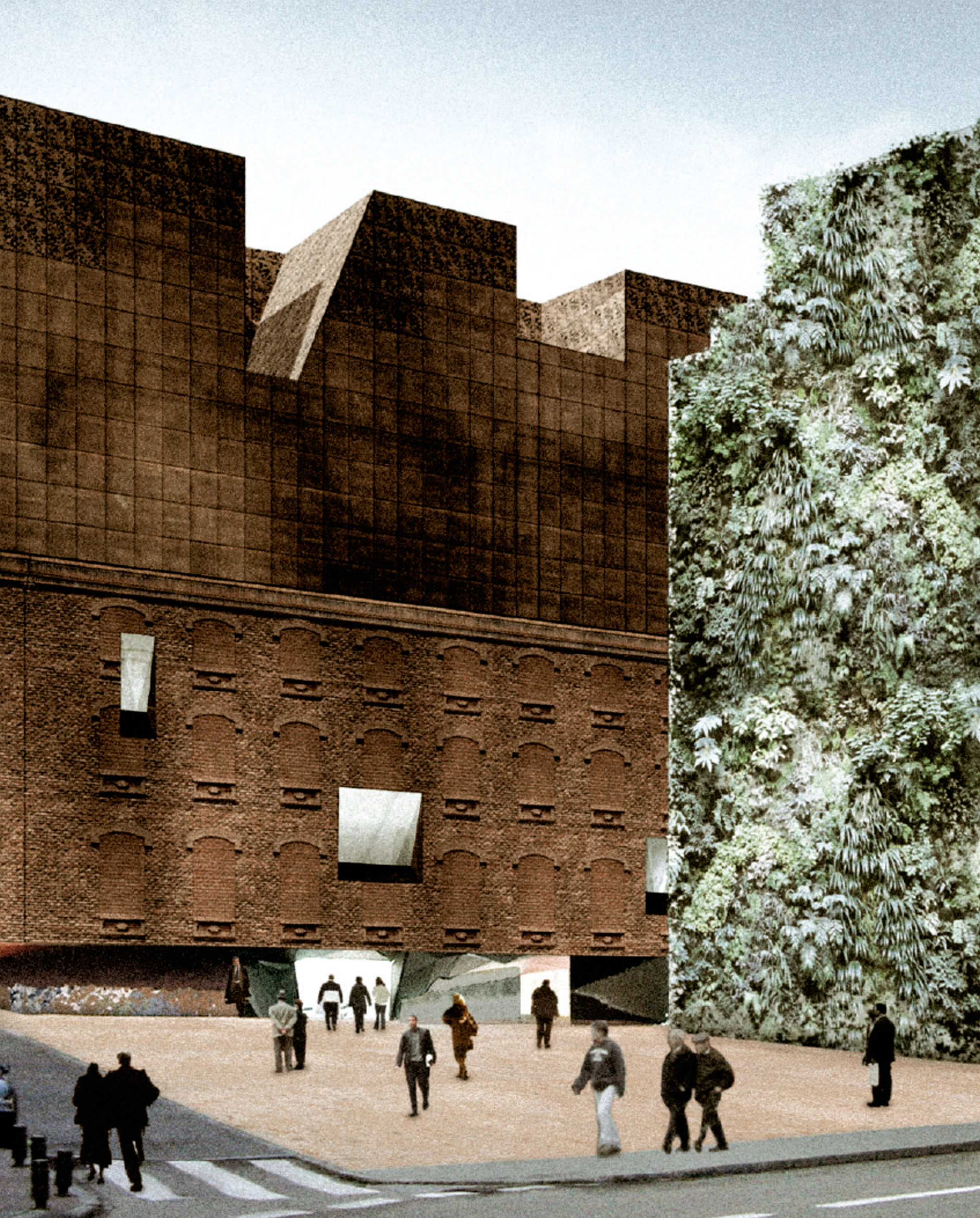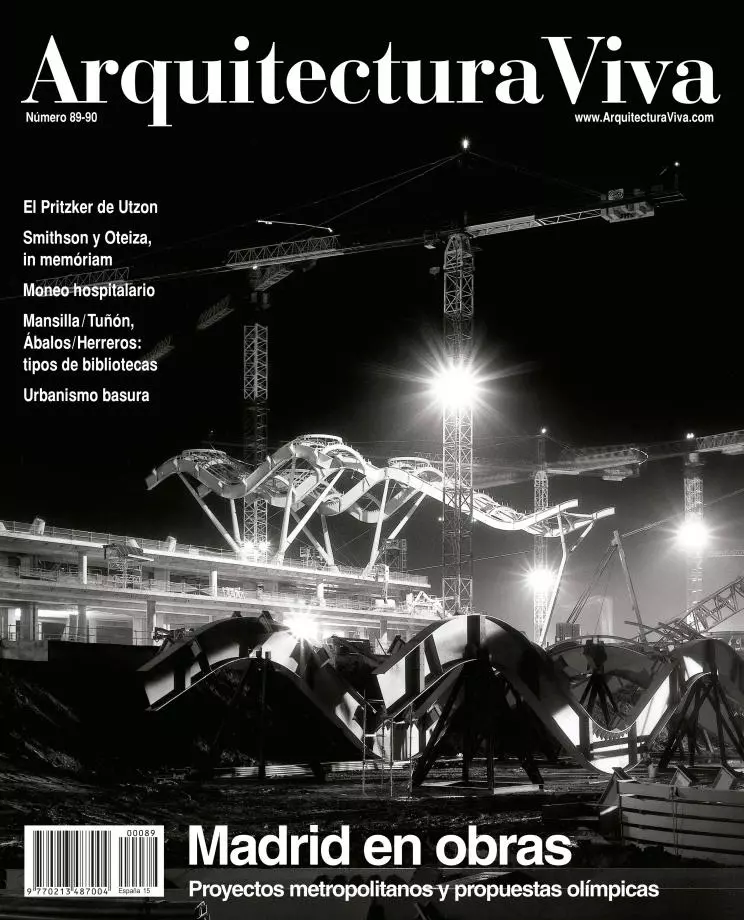CaixaForum Building, Madrid (project stage)
Herzog & de Meuron- Type Culture / Leisure Museum Refurbishment
- Date 2003
- City Madrid
- Country Spain
The CaixaForum has been conceived as a magnet attracting the art-lovers of Madrid and from out of town. The attraction will not only be its cultural program, but also the building and the site itself. The heavy mass of the existing structure, with its old brick outer walls, and the sculptural cast-iron cladding, will be detached from the ground in apparent defiance of gravity and, in a real sense, draw the visitors inside.
The building will stand on an advantageous site facing the Prado. This new address for the arts will be located in an area occupied until now by unspectacular crowded urban spaces and structures, including the power station itself, and a gas station. The classified brick walls of the former power station are reminiscences of the early industrial age in Madrid, while the garage, a purely functional structure, is clearly out of place. Like a vineyard that could never develop its full potential because it was planted with the wrong grape sort, this prominent location is wasted on these buildings. The demolition of the garage will create a small plaza between the Paseo del Prado and the new CaixaForum in the converted power station.
The only material of the old power station that can still be used today is the classified brick shell. To insert the new architectural components of the new project, the first step was a virtual surgical operation, separating and removing the base and the parts of the building no longer needed. This opened a completely novel and spectacular perspective that simultaneously solved a number of problems posed by the site. The removal of the base of the building leaves an open, but covered space under the brick shell, which now appears to float above the street level. This sheltered space under the CaixaForum offers its shade to visitors who want to spend time or meet outside and is at the same time the entrance itself. Problems such as the narrowness of the surrounding streets, the placement of the main entrance, and the architectural identity of this contemporary art institution can be addressed and solved in a single urbanistic and sculptural gesture.
The separation of the structure from the ground level creates two worlds: one below and the other above the ground. The “underworld” will provide space for a theater/auditorium, service rooms, and several parking places. The building above ground will house the entrance hall/lounge and galleries, with a restaurant and administrative offices on the top floor.
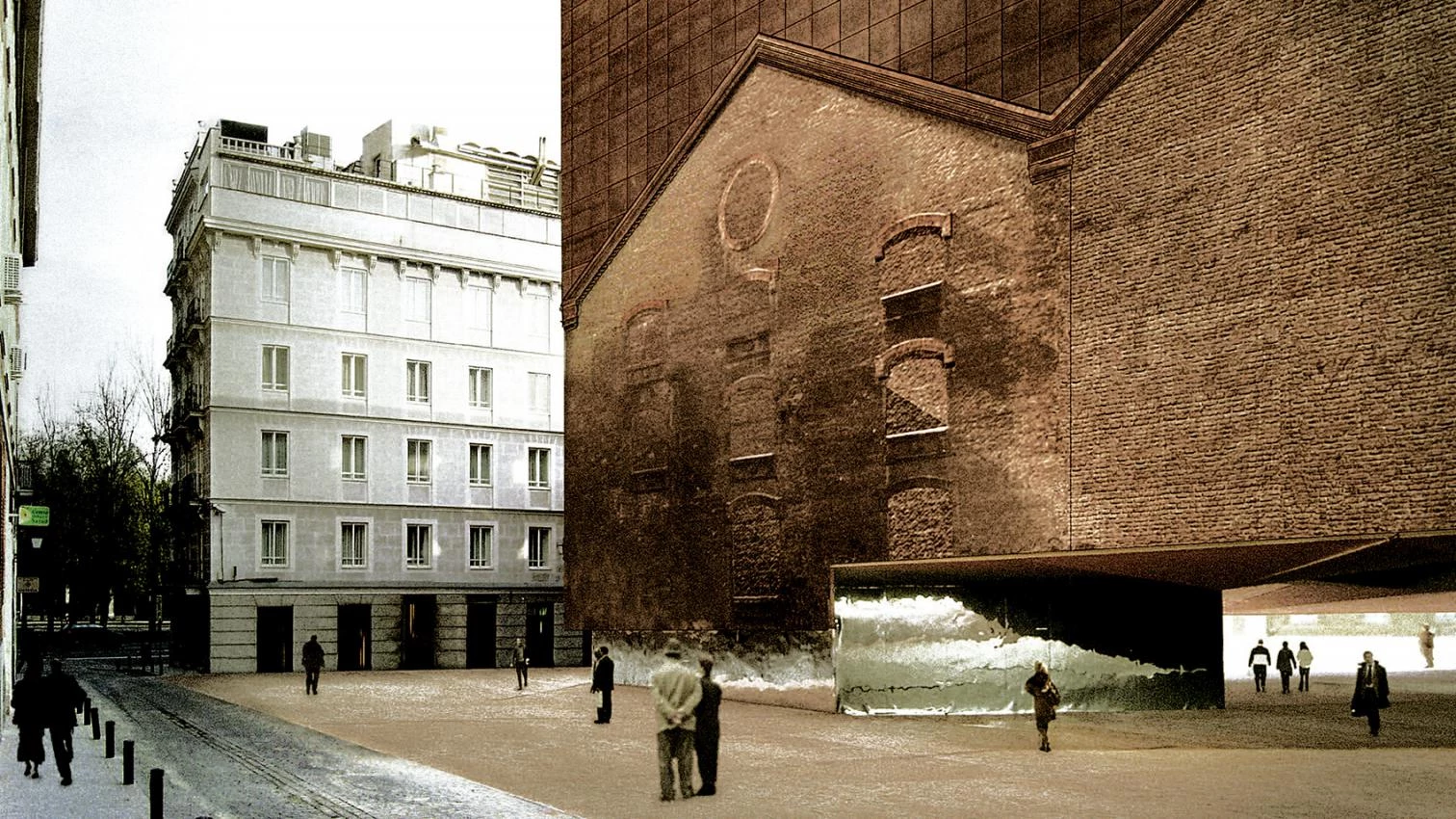
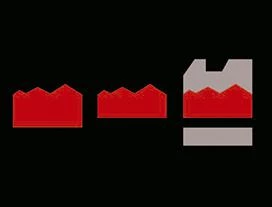

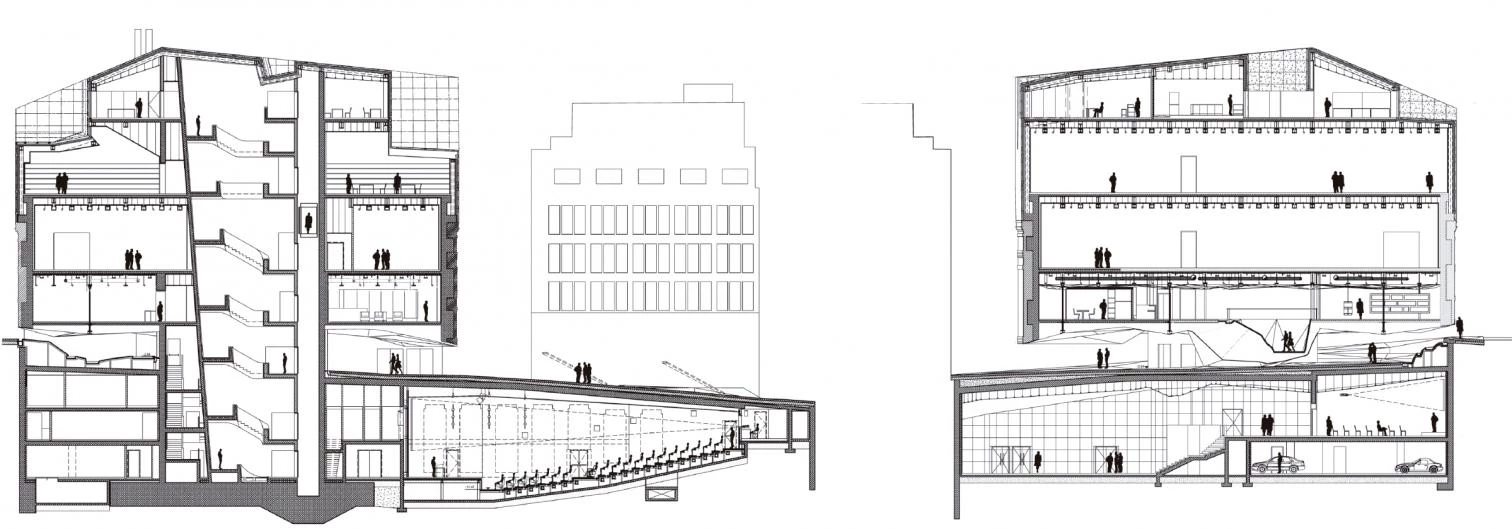



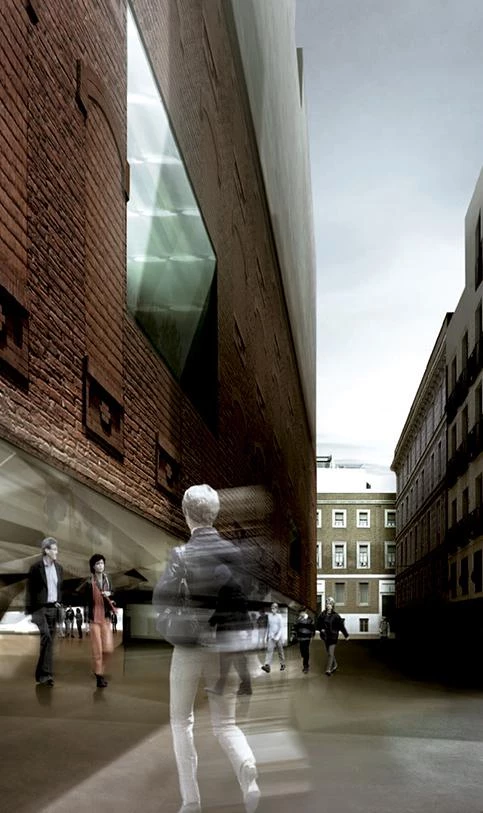

Cliente Client
Fundación La Caixa
Arquitectos Architects
Jacques Herzog, Pierre de Meuron, Harry Gugger, Peter Ferretto, Carlos Gerhard
Colaboradores Collaborators
Mateu i Bausells (arquitectos asociados associate architect), E. Grosberg, P. Guedes, M. Kehl, S. Marbach, M. Marcelino, G. Mazza, M. Salmeron
Consultores Consultants
NB35, WGG Schnetzer Puskas (estructuras structural engineering); Urculo (instalaciones service engineering); Audioscan (acústica acoustics); Emmer Pfenninger Partner , ENAR (fachada facade); Arup (iluminación lighting)
Contratista Contractor
Servihabitat, Construcción i control


